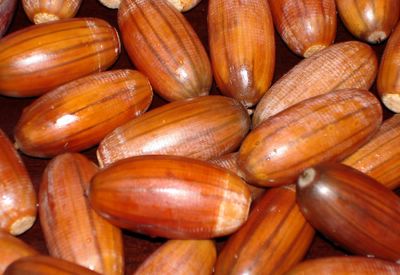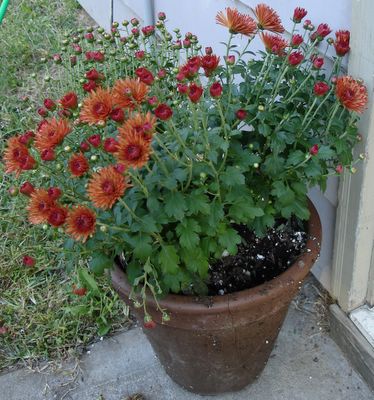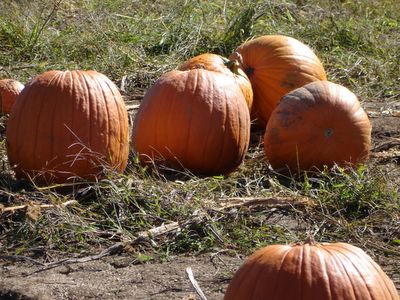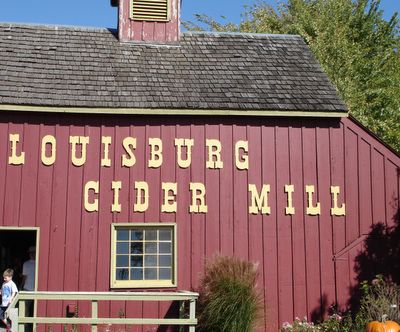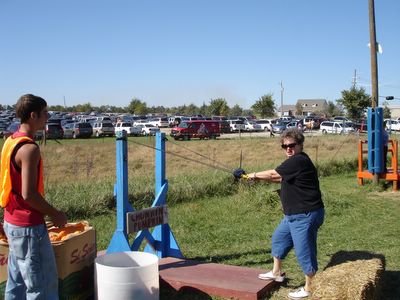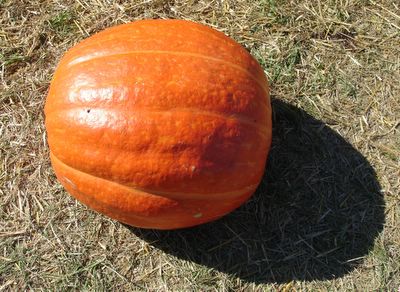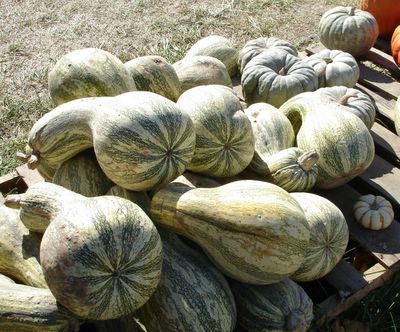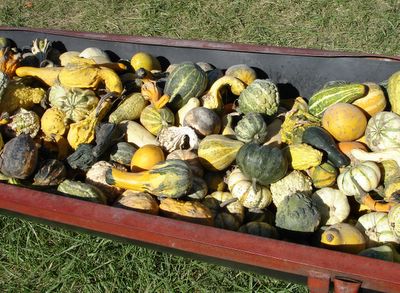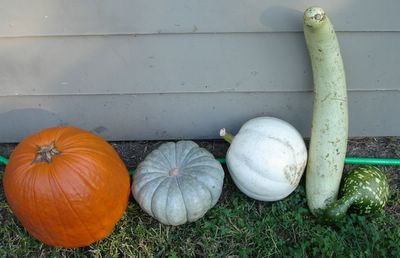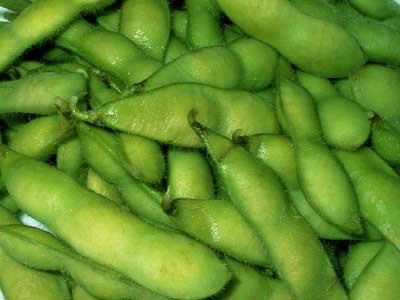In my family when I was growing up, everyone pretty much stuck within traditionally defined gender roles. I didn't have to mow the lawn, but my brother wasn't expected to help do laundry. For the most part, I didn't have a problem with that when it came to chores--well, I didn't have a problem until I got older, at least--but when it came to the fun stuff that came with "being a man" I sometimes felt like I was getting short shrift. Going hunting or driving the tractor always sounded like great adventures to me, so I was always a little jealous that my brother was encouraged to do those things because he was a son, and I was discouraged because I was a daughter.
Fast forward. The summer after Sweet Husband and I got married, he had a job in the town we both grew up in. Since it was only for a few months, we sublet our apartment in Lawrence and Nice In-Laws let us stay with them. During that summer, my father-in-law was getting back into an old hobby of his--collecting and shooting guns. About once or twice a week he and Nice Husband started going to the
Bone Creek Sport and Gun Club to target shoot. One morning at breakfast, after they had been out shooting, I started asking questions about which guns they had taken and how well they had done. After answering them my father-in-law said, "You know, you ought to come out with us sometime and try, I think you'd really enjoy it."
I think my eyes must have lit up--enjoy it? I'd been waiting my whole life for someone to ask! But I was still unsure. I remember asking Sweet Husband later:
"Are you sure it would really be ok? I mean, don't you guys need bonding time or something like that? Do you really want me as a tag-along?"
He rolled his eyes at me and smiled, "No,
really, you should come. You'll have fun."
So, the next time they went, I went too.
That day we shot a rifle. To my untrained eye, it looked like something from a Rambo movie. It was just a little bit intimidating, and the next day, it looked like someone had beaten me just on my right shoulder. But I hit the target, and it really was fun.
Gradually we moved into shooting pistols. After shooting rifles for a month, I hated the change at first. We were shooting rifles off of a rest (a table with a tripod-like thing to support the gun), which made a nice sort of hiding place. It felt completely awkward to try to get on target with nothing but air and my arms to keep the gun steady; I felt like I had two left feet as Sweet Husband and Nice Father-In-Law told me how to stand. But I kept trying, and was encouraged to keep trying, and now Sweet Husband and I are on a quest to find an affordable pistol range in Lawrence so that we can practice more often.
But, even though it's great to be shooting with the guys, I have to confess that I still have two lingering girly prejudices. First, I like smaller caliber guns. This makes complete sense to me. I feel like I'm more in control when the gun isn't trying to jump out of my hands every time I fire. Second, I love pretty guns. When I say pretty, I mean old-fashioned looking, blued finish, dark handled revolvers. This makes less sense, but all I can say is that holding one gives me the same feeling as a nice glass of red wine or a really beautiful pair of shoes--it's satisfying.
I've also gained at least a little appreciation of some of the issues surrounding gun control. Listen up guys, if you want laws that are more favorable for responsible and logical gun control take your daughters shooting. Without even getting into the statistics that say that more women register to vote than men, women are half the population and half the vote. It makes sense to get those women voters educated and invested while they're young. I'm not calling for a drag-your-daughter-shooting-against-her-will day, but don't just assume she's not interested--ask. Take her once, just to try it out. If she can't deal with shooting Bambi, let her try targets. If she's nervous around big guns, let her try a smaller one.
At the least she'll learn a little about gun safety and how guns work, at best you'll have something that you both enjoy to do together--very important as she grows into a teenager and common ground becomes scarce.
And at this time of year on a cool, red-golden morning with a cup of steamy coffee or hot chocolate...wish I could go today. Happy shooting.








